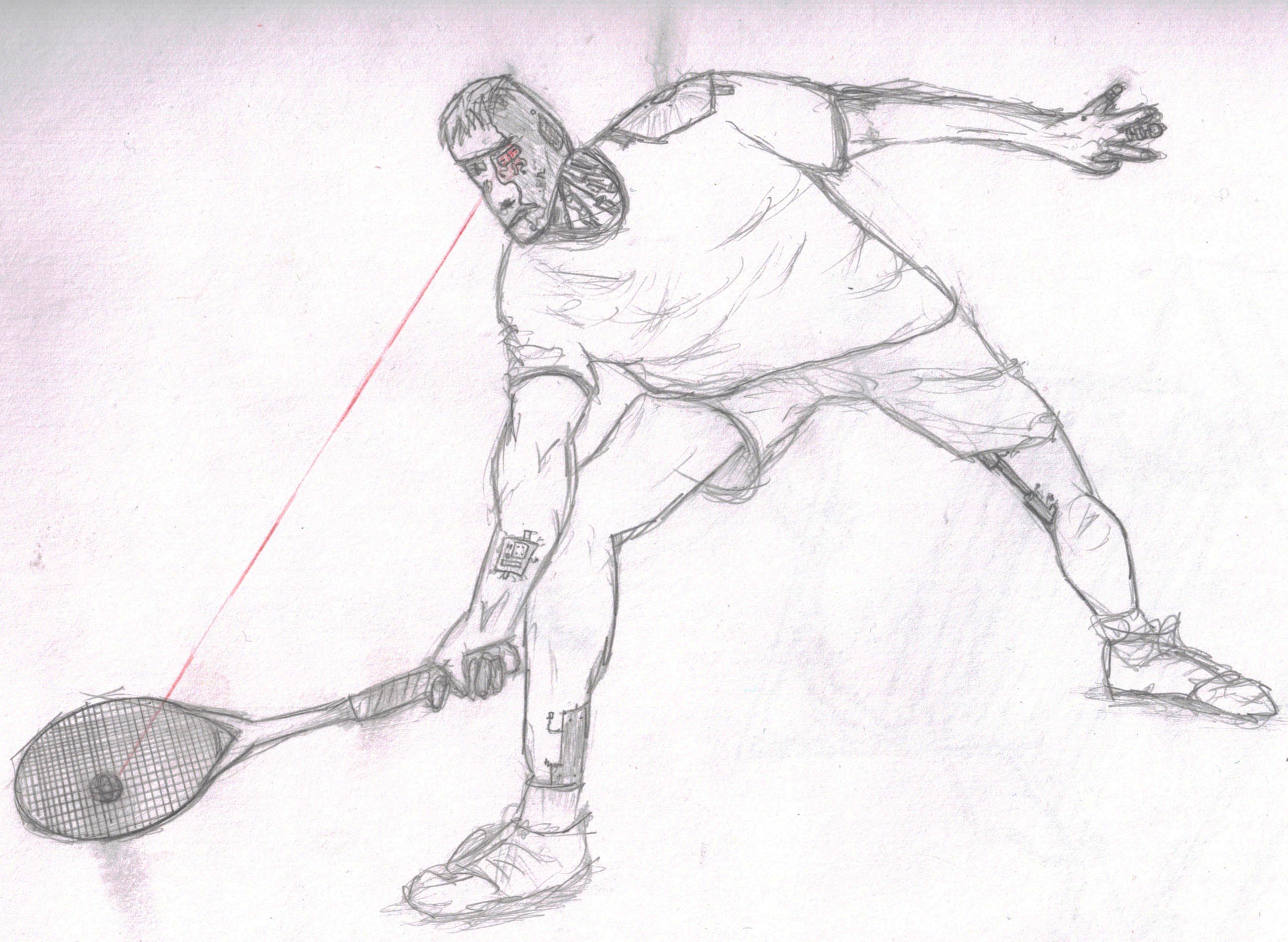Trusting the peripheral vision
A big part of coaching is trying to adapt key principles of squash to fit individuals. One is watching the ball. You have to watch the ball in squash – you simply can’t play to any real level unless you watch what is going on. One beginner player I have worked with recently simply struggled physically with turning her head to watch the ball when it was in the back corner. Naturally, it’s a disaster if she can’t watch, as she was caught out by boasts or drops and other unexpected shots. When she did watch though, she wasn’t able to turn her head back fast enough to cope with a cross-court shot – especially one struck with any sort of pace.
I do recommend getting both eyes on the ball where possible, especially if you have one eye stronger than the other as we’ve discussed previously, but if for whatever reason this isn’t practical for you, aim to use your peripheral vision. If you use your peripheral vision, you won’t need to turn your head or neck anywhere near as much and so you won’t be caught out by fast cross-court shots.
Using your peripheral vision can also be an advantage in anticipation in some instances, as when watching in your periphery, you tend to pick up just enough vital clues about what shot your opponent will play and don’t get overloaded and therefore possibly confused or tricked by your opponent.
If turning your head or neck to watch behind you when you are on the T-Position doesn’t work for you, try focusing more on your peripheral vision. The same goes for any other advice or tips you may receive – try to tailor and adapt it in a way that works for you. You need to get a good grasp of all fundamental parts of the game but often your best use of the fundamental aspect may be different to that of another.

